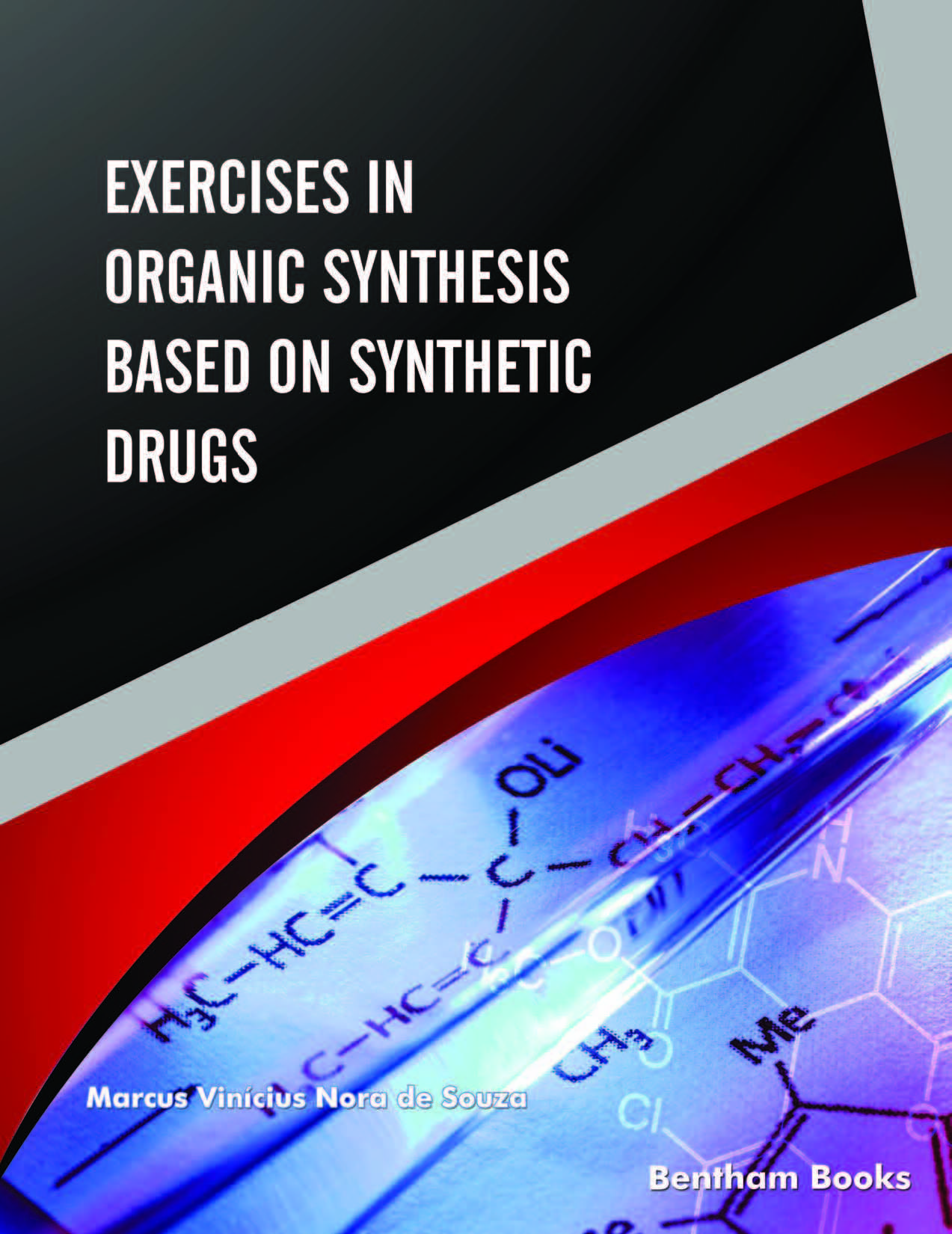Chemistry is a science based on compositions, properties, reactions and transformations of substances. In 1777, it was divided into two main fields by the Swedish chemist Torbern Olof Bergman: organic and inorganic chemistry. However, due to the vast amount of information obtained over the centuries, modern chemistry has been divided into five main branches: organic, inorganic, analytical and physical chemistry, and biochemistry. Nowadays, despite this division, these main branches are subdivided into several sub-branches demonstrating the tremendous scientific and technological development of chemistry. In the case of organic chemistry, it presented a large number of sub-branches, such as organic synthesis, medicinal chemistry, asymmetric synthesis, natural products, green chemistry, organometallic chemistry, physical organic chemistry, polymer chemistry, forensic chemistry, among others. Due to the importance of chemistry as the physical sciences in our world, many researchers considered it as a central science closely linked with applied and life sciences.
Chemistry plays a critical role in drug discovery against the most different types of diseases. The development of a new drug is an extremely complex process involving different areas and, types of knowledge. Considering that, two sub-branches of organic chemistry are fundamental at the beginning of this process: organic synthesis and medicinal chemistry. Organic synthesis is the preparation in the laboratory of simple or complex substances using chemical reactions in a rational and planned way, starting with simpler atoms or elements. Medicinal chemistry is a discipline that is at the interface of several areas, such as, chemistry, medical, biological, and pharmaceutical sciences. Its objective is the design, discovery, identification, and preparation of bioactive compounds as well as the study of other aspects such as their mechanisms of action, metabolism, and a structure-activity relationship.
Due to the crucial importance of organic synthesis and medicinal chemistry in the development of new drugs, the objective of this book is to present different exercises aiming at the search for biologically active compounds against the most diverse types of diseases in both humans and animals. The development of a new drug begins with the search, planning, design, and evaluation being necessary for its preparation in the laboratory. This initial step is a long and complicated process for a biologically active compound to become a drug. For this to happen, organic synthesis is of fundamental importance since, through it, we can obtain the most varied types of simple or complex substances for biological evaluation. Thus, the present book will address different techniques and strategies for the synthesis of biologically active compounds and drugs. Through the exercises presented, the reader will be able to propose, obtain, and evaluate in a logical way compounds to be studied. Considering that, this book is useful for students of graduation and post-graduation in chemistry.
It is worth mentioning that the present book has a wide range of bibliographical references, extracted from different scientific journals and books. The exercises presented are based on this material. In case the reader wants to delve into specific content, drug, or illness, it is advisable to consult such references. This book will be studied only for the drugs and biologically active compounds developed in the laboratory.
CONSENT FOR PUBLICATION
Not applicable
CONFLICT OF INTEREST
The author confirms that there is no conflict of interest.
ACKNOWLEDGEMENTS
Declared none.
Marcus Vinícius Nora de Souza
FioCruz-Fundação Oswaldo Cruz
Rio de Janeiro - RJ, 21040-900
Brazil
E-mail: mvndesouza@gmail.com

